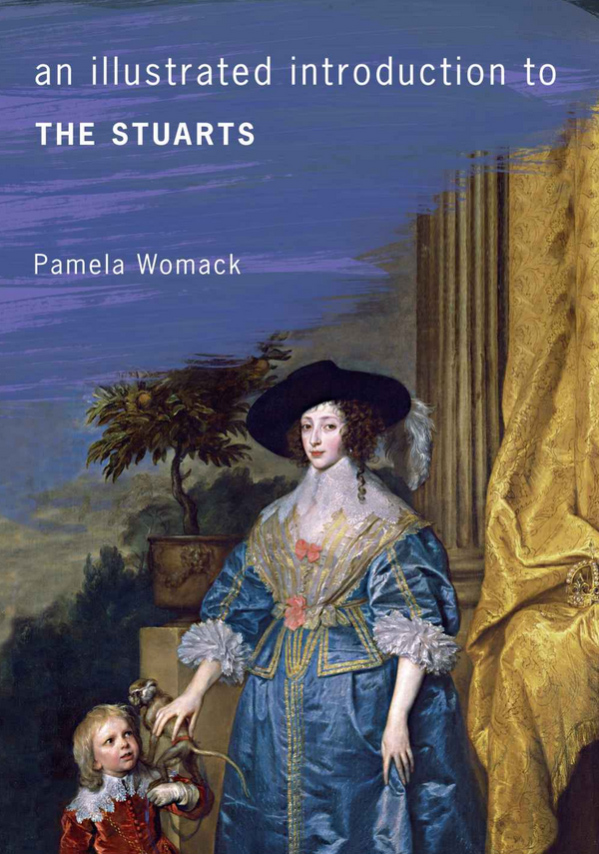An Illustrated Introduction to the Stuarts
Book Review

The Stuarts
An Illustrated Introduction to the Stuarts, Pamela Womack, Amberley, 2014, paperback, 96 pp, £9.99 ISBN 9781445637884
The publisher's blurb for this new ‘Illustrated Introductions' series from Amberley enquires engagingly of the reader: ‘Fascinated by history? Wish you knew more? The Illustrated Introductions are here to help. In this lavishly illustrated, accessible guide, find out everything you need to know about the Stuarts'. However, this is a bold promise to deliver in no more than 93 pages of illustrated text, even with an introductory trailer providing a rather hurried overview of ‘The Stuarts in Five Minutes' and the employment of a spacious design layout with newspaper style headlines fronting each sub-section. They introduce, for example, a feature upon the supposed decadence of the court of James I under the headline ‘A HUNTING KING AND A DANCING QUEEN' and hint at a lack of marital infidelity by his heir Charles I and Henrietta Maria under a similar banner headline reading ‘FAVOURITES AND LOVERS'. Such sensational treatment contrasts markedly with the verdict of other scholars such as Professor John Miller who have concluded that, whatever other weaknesses the royal couple might have possessed, they exhibited ‘a large and happy family without the slightest whiff of scandal' adding that in this ‘Charles I was unique among the Stuart Kings'.
Lavishly illustrated and accessible the book undoubtedly is, with a wide range of interesting and rather unusual illustrations, including the least villainous portrait of Guy Fawkes to be found anywhere (courtesy of his alma mater, St Peter's School, York), but whether this illustrated introduction will satisfy the curiosity of every reader for everything they need to know about the Stuarts is a bold claim for such a slim volume as this. Notwithstanding brief allusions to political intrigue, international warfare; imperial expansion and cultural renaissance and the inclusion of a fairly random series of text boxes introducing, for example, remedies for the removal of unsightly warts; the rationale for ladies wearing skin patches; defiant May day revelries; seventeenth-century recipes for toast ‘of divers sorts' and the persistence of witch trials, the text remains predominantly dynastic in its conception highlighting the foibles of individual monarchs and the political intrigues of their reigns which it relates with great relish.

